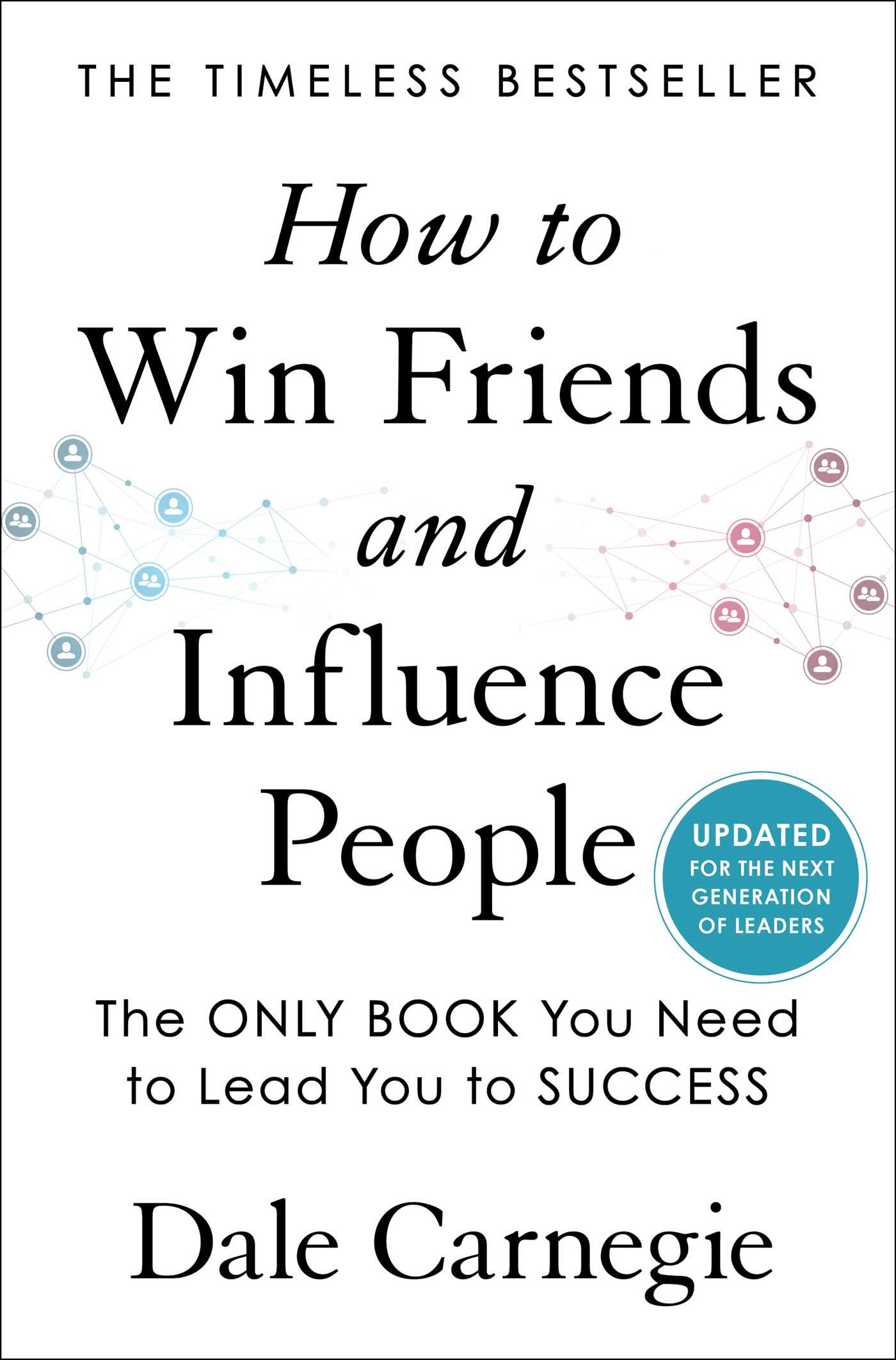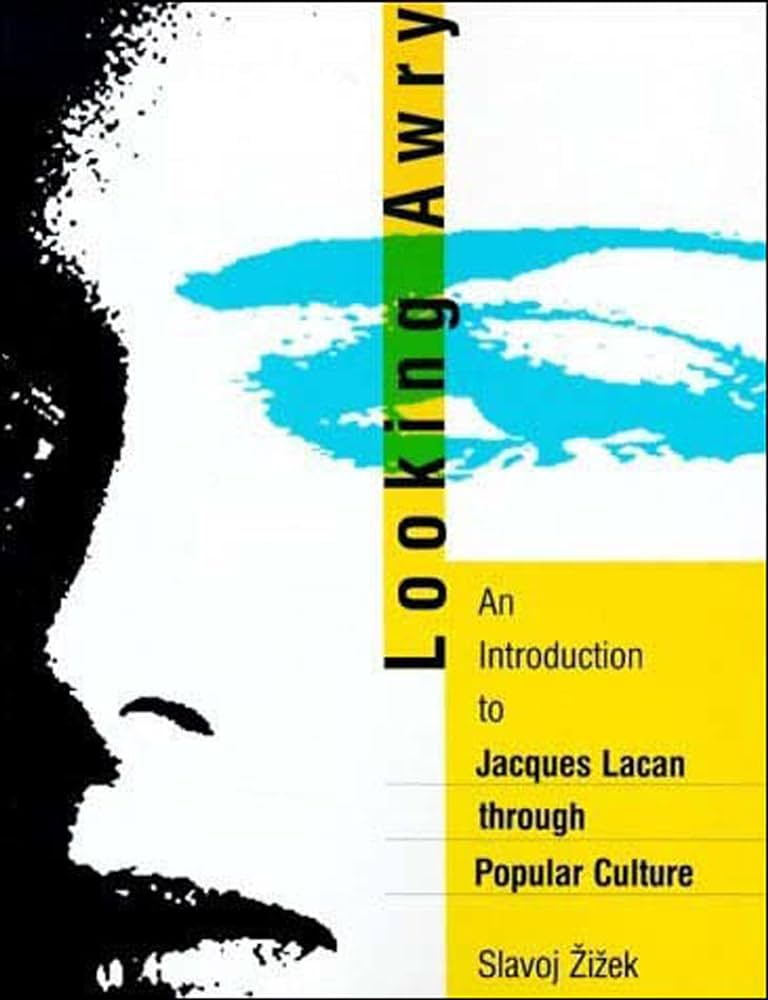Writing Like Žižek
Identifying Your Method and Methodology
Hello Gorgias! is a weekly newsletter devoted to writing, rhetoric, and long-form argument. If you’re enjoying my posts, please consider becoming a subscriber.
Scholars often use the terms “method” and “methodology” to describe things they’re doing. But what do these terms actually mean? And how do they relate to one another?
Every organized body of thought has its own recognized set of methods and methodologies. As a result, the meaning of these terms changes slightly depending on who you ask and the kind of work they’re doing.
Here’s how I think about these terms when it comes to writing about theory:
A method is a procedure that attempts to achieve a specific outcome. It can be communicated to others and adopted by more than one person.
A methodology is a structured approach or conscious orientation toward a topic or situation. It is the ‘lens’ that brings specific details into focus, but it also serves as the framework for updating or creating new procedures when existing methods prove insufficient.
In a cookbook, for example, the recipes are the methods, whereas the methodology is the rationale or criteria for deciding which recipes are included in the collection.
Or, if you're analyzing self-help books, the specific procedures for becoming a “highly effective person” or “winning friends and influencing people” are the methods. The methodology is the underlying framework that explains why these goals are desirable in the first place.
A method is like an outfit: if it fits, you can try it on. A methodology is more like an aesthetic—it can be described and identified, but it can’t be reduced to any one pair of clothes. The best fashion designers are able to articulate the relationship between the outfit they are designing and the aesthetic that inspires their work. Similarly, the best theorists can explain how the relationship between their method and methodology informs their writing.
In the piece we discussed last week, Peter Elbow describes the limits and affordances of doubt as a methodology. He also gives examples of methods associated with this methodology, including Cartesian skepticism and the scientific method.
Elbow knows these aren’t the only methods compatible with methodological doubt. We could just as easily play devil’s advocate, for instance. In fact, part of Elbow’s point is that we have lots of very well-developed methods for cultivating doubt, but comparatively few procedures for practicing methodological belief.1
Most theorists have a clear idea of how the terms ‘method’ and ‘methodology’ function in the context of their own writing (even when they aren’t actually using them).
Slavoj Žižek is a good example: part of what I appreciate about him as a theorist is that he doesn’t play games with his writing. His method and methodology are always front and center in his work.
This is true in more seminal works like Sublime Object and FTKNWTD, but I want to use an example from Looking Awry, Žižek’s introduction to Lacan. I value this book as a mentor text for writing about theory because it is clear, accessible, and accomplishes everything a good introduction sets out to do.
Žižek gestures toward his method in the opening line of the preface:
Walter Benjamin commended as a theoretically productive and subversive procedure the reading of the highest spiritual products of a culture alongside its common, prosaic, worldly products.
A few lines later, Žižek explicitly identifies his method as:
a reading of the most sublime theoretical motifs of Jacques Lacan together with and through exemplary cases of contemporary mass culture [...] film noir, science fiction, detective novels, sentimental kitsch, and up—or down—to Stephen King.
Žižek is specifying the kind of texts he’s working with. He’s also outlining a procedure that can be communicated and shared with other people. Anyone can take up Žižek’s way of reading, which is the mark of a good method.
This juxtaposition of popular culture and Lacanian theory is Žižek’s method, which makes “looking awry” his methodology. By adopting this ‘structured approach’ or ‘conscious orientation’ toward the subject of his writing, Žižek “makes it possible to discern features that usually escape a ‘straightforward’ academic look” (viii).
If Elbow’s methodology encourages us to lean into texts we find uncomfortable, upsetting, or ridiculous, Žižek’s methodology invites us to approach these same texts from an “incorrect” or unexpected direction. There are many different ways to practice leaning in, just as there are many different ways of looking awry.
By specifying their method and describing their methodology, authors like Žižek and Elbow are giving other theorists the gift of agency (the subject of a future post). Any reader can take up the methods these authors are using. If readers don’t like these methods, they know enough about the methodology to design new methods for achieving a similar result.
In a future post, I’ll explain how to do this in your own work. For now, as you’re reading other works of theory, ask yourself:
What are the author’s method and methodology?
How do they relate to one another and inform the author’s work?
Why did the author choose these tools for this project?
Good luck with your writing!
Since Elbow wants his readers to develop these procedures for themselves, he doesn’t elaborate on what they are. That said, these methods do exist. One popular and effective procedure for cultivating methodological belief is the “yes, and...” rule of improvisational comedy, which forbids performers from rejecting one another’s contributions to the performance. This is a great technique for reviewing another person’s work, especially if they’re on your writing team.



